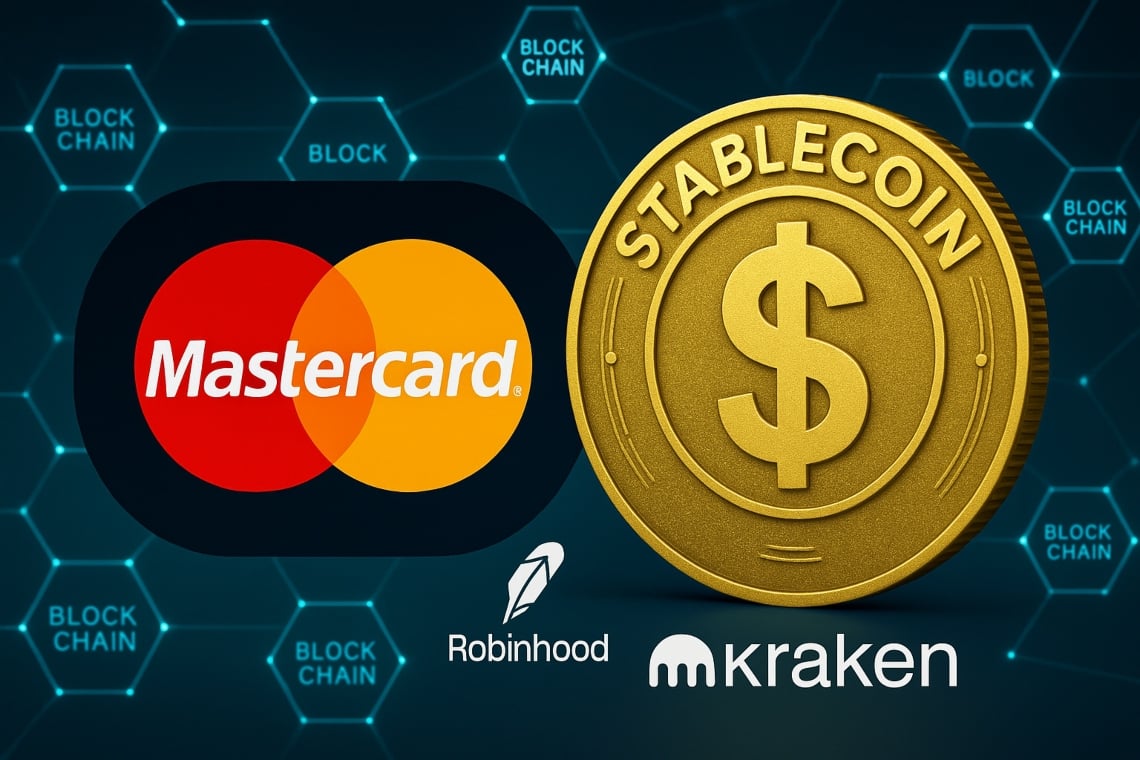What Ad Engagement Patterns Tell Us About Strategic Timing
As new technologies and strategies for deploying them for advertising, marketing and promotional activities continue changing, there is a need for businesses to consider attention economy as one of the most sacred emerging concepts. This is premised on the fact that constant innovation on the part of technology developers is impacting average seconds, minutes and hours people need to spend on an advertisement.
As part of our ongoing Understanding Digital Integrated Marketing Communication series, our analyst examined Facebook, Twitter and LinkedIn users’ engagement patterns with selected foreign and national brands, shedding light on a factor often overlooked: timing. Understanding when audiences are most likely to interact with content can transform advertising strategies from hopeful guesswork into precision-driven campaigns, our analyst points out.
Our analysis focuses on engagement across three critical time windows: morning, afternoon, and evening. It tracks four key metrics, likes, shares/reposts, replies, and comments, offering insight into how audiences respond to promotional messaging throughout the day.
Register for Tekedia Mini-MBA edition 17 (June 9 – Sept 6, 2025) today for early bird discounts. Do annual for access to Blucera.com.
Tekedia AI in Business Masterclass opens registrations.
Join Tekedia Capital Syndicate and co-invest in great global startups.
Register to become a better CEO or Director with Tekedia CEO & Director Program.
Exhibit 1: Average engagement patterns with ads/promotional messages according to the time of day

Afternoon is King: The Sweet Spot for Engagement
The most striking discovery is the overwhelming dominance of afternoon engagement, particularly in the form of likes and shares. With 2,293 likes and 255 shares recorded in the afternoon, these numbers eclipse the morning (717 likes, 165 shares) and evening (703 likes, 34 shares) windows by a considerable margin. This suggests that the afternoon presents a golden window of opportunity, when users are not only scrolling through content but are most willing to interact with it.
What drives this afternoon peak? One plausible explanation is tied to daily routines. Many audiences experience intense morning commutes and work start times that reduce meaningful online interaction. By afternoon, however, people are more likely to be on breaks or in more relaxed settings, allowing for active scrolling and engagement. Brands that schedule their promotional content around this window can benefit from this behavioural pattern, gaining more visibility and traction with minimal additional effort.
Replies are Scarce: A Red Flag for Conversational Strategy
Interestingly, replies are nearly absent in this dataset. Only eight replies were recorded in the morning, with none in the afternoon or evening. This lack of dialogue could be a symptom of how promotional content is being framed. Are brands speaking to their audiences rather than with them?
Replies typically signal deeper engagement, curiosity, concern, or critique. Their absence may point to a missed opportunity to invite interaction or foster community. While likes and shares indicate passive approval, replies reflect investment and interest. Brands should rethink their calls-to-action (CTAs), shifting from generic messages like “Buy now” or “Check this out” to more engaging prompts such as “What’s your experience?” or “Which one would you choose?”, especially in the morning, when users show at least some readiness to respond.
Comments Reflect Deeper Attention and a Chance to Listen
While replies may be scarce, comments tell another story. The afternoon again leads the way with 241 comments, followed by 147 in the morning and only 43 in the evening. Unlike likes, which are quick and often subconscious, comments require thought and intention. These numbers suggest that not only are users more likely to engage in the afternoon, but they are also more willing to express opinions or feedback.
This is a valuable insight. Brands that monitor and respond to comments during peak hours don’t just increase engagement, they foster trust and brand loyalty. When people feel heard, they’re more likely to advocate for a brand, share its content, and remain connected to it over time. For foreign and national brands alike, comment sections are less about vanity metrics and more about strategic listening.
Evening is Quiet: Know When to Hold Back
The data for the evening is sobering. Every metric drops substantially, with likes (703), shares (34), comments (43), and replies (0) indicating that audiences are largely disengaged during this window. This could reflect fatigue after a long day, competition from other media like television or radio, or a general desire to disconnect.
Rather than fight this trend, brands might consider reallocating resources away from evening campaigns unless targeting very specific demographics, such as entertainment enthusiasts or nighttime shoppers. For most, the evening should be a time to plan, not post.
Going Forward
Our analysis reveals a crucial, often ignored truth: timing matters as much as content. With afternoon engagement soaring, it is the clear priority window for content deployment. Beyond timing, the nature of engagement also signals where brands can improve. Major advertisements or announcements and influencer content should be emphasized during afternoon campaigns.
Before designing content, there is a need to run a mini-survey or create content series that invite discussion. In our experience, we have found that brands hardly reply to comments. This is highly linked to low replies from the audience. Therefore, comment sections should be monitored actively because they offer a real-time focus group for brand perception.


